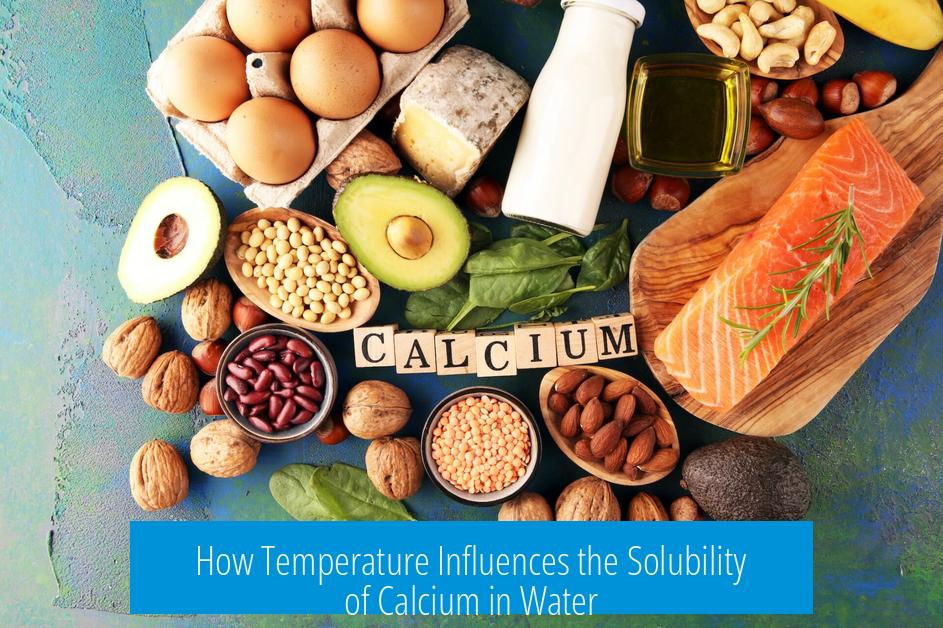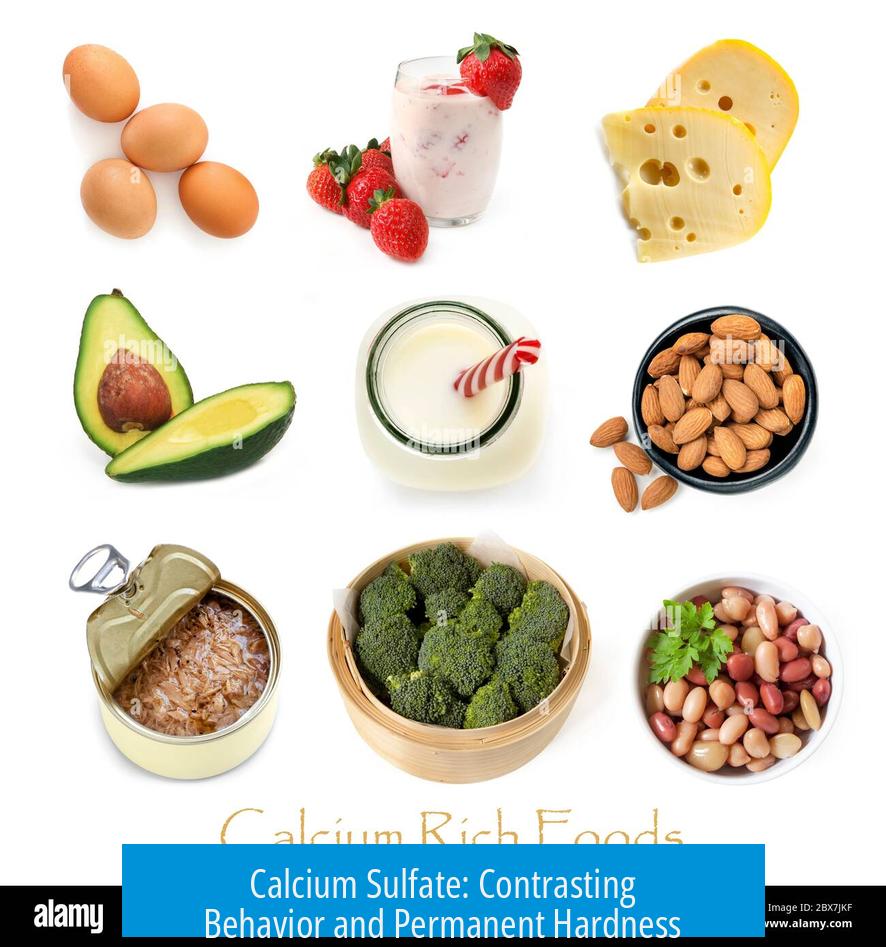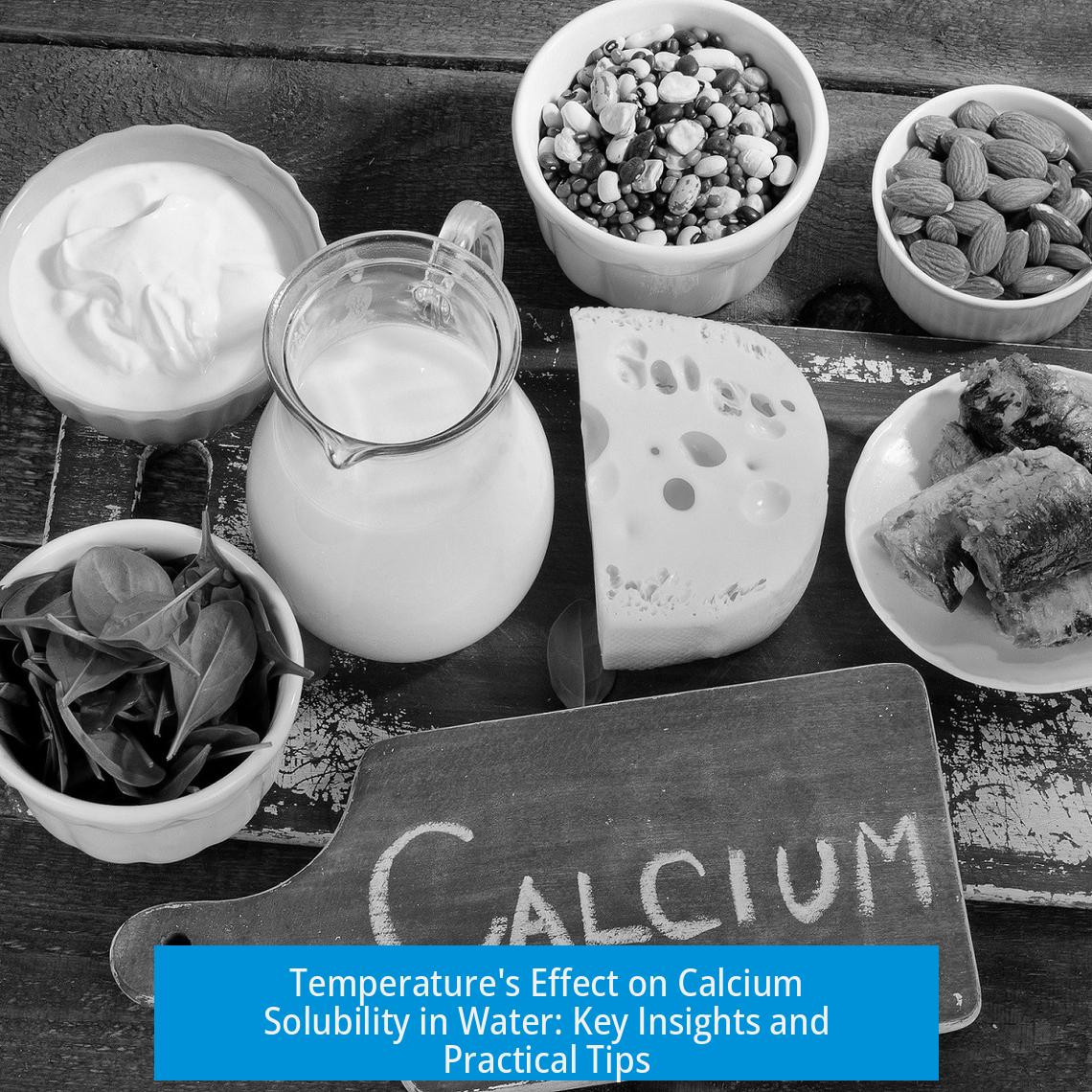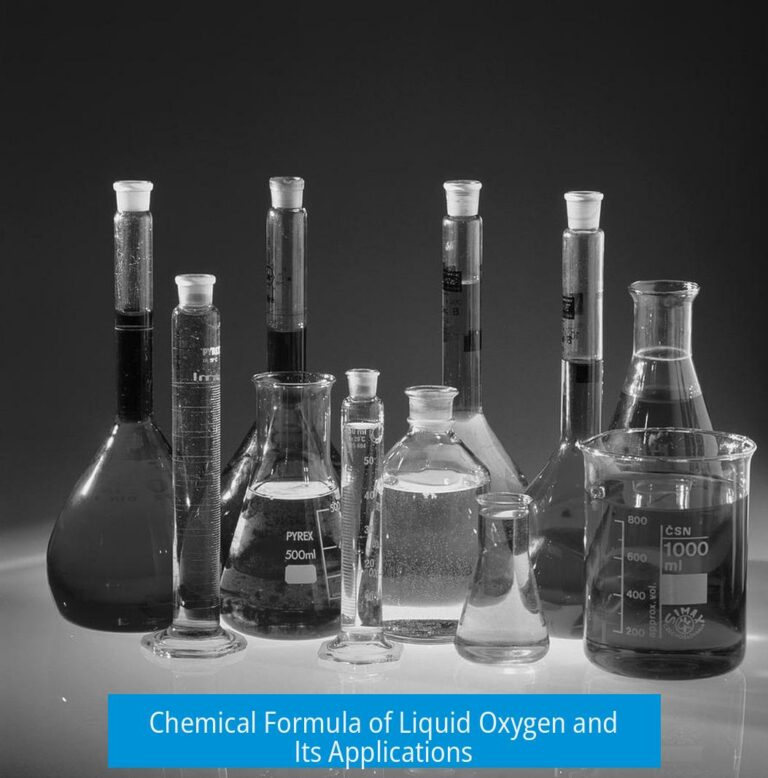How Temperature Influences the Solubility of Calcium in Water

Temperature directly affects calcium solubility in water by decreasing the solubility of calcium carbonate and bicarbonate salts as temperature rises, leading to precipitation and scale formation, while calcium sulfate solubility increases with temperature. This dual behavior impacts water hardness and equipment maintenance.
General Trends in Calcium Salt Solubility
For many substances, solubility rises with temperature. However, calcium salts do not always follow this trend. Specifically:
- Calcium carbonate, bicarbonate, and sulfate salts demonstrate unique responses.
- Carbonate and bicarbonate solubility decreases with increasing temperature.
- Sulfate salt solubility usually increases as temperature goes up.
Calcium Carbonate and Bicarbonate: Temperature Effects and Equilibrium
Calcium bicarbonate forms in water from the dissolution of carbon dioxide in rainwater, which reacts with carbonate minerals. This reaction produces soluble calcium bicarbonate:
Ca2+ + 2 HCO3− ⇌ CaCO3 (solid) + CO2 + H2O
At normal temperatures, calcium remains in solution primarily as Ca2+ and bicarbonate ions. When temperature increases, especially above approximately 70°C, the reaction shifts towards producing solid calcium carbonate and releasing carbon dioxide. This shift causes calcium carbonate to precipitate out of solution:
- Calcium carbonate solidifies as limescale, notably in plumbing and water heaters.
- This precipitation removes dissolved calcium from water at higher temperatures.
- The reduced solubility is not a simple trend but a temperature-sensitive chemical equilibrium.
Limescale Formation and Impact on Water Heating Systems
As water heats above 70°C, limescale deposits accumulate on surfaces inside water heaters. This process affects heating operations by:
- Reducing heat transfer efficiency due to insulation by scale.
- Impairing burner performance in gas water heaters because of sediment buildup.
- Increasing maintenance needs to remove sediment and avoid damage.
To mitigate these problems, it is advised to:
- Drain and flush water heater sediment at least once annually.
- Consult professionals for routine maintenance and scale management.
Calcium Sulfate: Contrasting Behavior and Permanent Hardness

Unlike carbonate salts, calcium sulfate shows increased solubility with temperature rise. Key points include:
- Calcium sulfate remains dissolved at higher temperatures without precipitating.
- This salt contributes to permanent hardness in water.
- Heating or boiling does not remove calcium sulfate, distinguishing it from carbonate-caused temporary hardness.
Practical Recommendations for Managing Calcium Solubility and Hardness
Given the solubility changes and consequences:
- Use water softeners to mitigate effects of hard water and scale buildup.
- Maintain water heaters regularly to reduce scale accumulation and prolong equipment life.
- Keep drinking water sources un-softened to preserve calcium and magnesium intake, avoiding excess sodium replacement.
- Professional advice is useful for selecting appropriate water treatment solutions.
Summary of Temperature’s Role in Calcium Solubility
| Calcium Compound | Solubility vs. Temperature | Effect on Water |
|---|---|---|
| Calcium Carbonate / Bicarbonate | Decreases above ~70°C | Precipitation, limescale formation, temporary hardness |
| Calcium Sulfate | Increases with temperature | Remains dissolved; causes permanent hardness |
- Heating water causes calcium carbonate to precipitate, reducing solubility.
- Calcium sulfate’s solubility increases with temperature, preventing precipitation.
- Limescale from calcium carbonate impairs water heater efficiency.
- Maintenance and water treatment reduce scaling problems.
How Does Temperature Factor Into the Solubility of Calcium in Water?
In short: as the water gets hotter, calcium carbonate becomes less soluble, causing it to precipitate out and form that pesky limescale. However, calcium sulfate salts behave differently, becoming more soluble with rising temperature. So, temperature plays a tricky, double-edged role in how calcium behaves in your water.
Let’s dive into this calcium and temperature tango and uncover why your water heater might be the battlefield where these two forces collide.
Most people assume that solubility of minerals simply rises with temperature. This is true for many salts—heat usually encourages substances to dissolve better. However, calcium salts like carbonate, bicarbonate, and sulfate take a different route. Their solubility decreases as the temperature climbs. Mind-boggling? You bet. But that’s chemistry for you!
The Curious Case of Calcium Carbonate and Bicarbonate

Hard water owes its mineral toughness largely to calcium bicarbonate. This compound forms as rainwater, mixed with dissolved carbon dioxide, reacts with carbonate-rich rocks. The result? Soluble calcium bicarbonate swim mingling in your tap water.
When water heats to around 70°C or more, things get interesting. The chemical balance between calcium ions (Ca2+), bicarbonate (HCO3-), solid calcium carbonate (CaCO3), and carbon dioxide (CO2) starts to shift:
Ca2+ + 2 HCO3- ⇌ CaCO3(s) + CO2 + H2O
This reaction favors the right side as temperature rises, meaning calcium carbonate settles out of the water, releasing CO2. Voilà! Limescale forms. This white, crusty deposit is the classic nemesis of water heaters, kettles, and pipes.
So, instead of calcium hanging comfortably dissolved in the water, it decides to cozy up as a solid anywhere it pleases inside your plumbing system. That’s why you notice these annoying white crusts after heating water repeatedly.
More Heat, More Scale: The Limescale Effect
Temperature turns into a villain when it comes to your water heater’s efficiency. Hot water can’t hold its calcium carbonate as well as cold water. This leads to more precipitates accumulating inside the tank. Scale builds up, coating heating elements and creating an insulating barrier. That makes your heater work overtime to warm the water.
Besides wasting energy, the buildup can damage components and drastically shorten the water heater’s lifespan. Regular maintenance, such as flushing the sediment at least once a year, is key in battling this foe. If you aren’t already chatting with your plumber about this yearly ritual, you might want to start.
Calcium Sulfate: The Different Player
Not all calcium salts sulk under heat, though. Calcium sulfate is the rebel that breaks the rules. Unlike carbonate and bicarbonate salts, its solubility actually increases with temperature. This means it stays dissolved in hot water and doesn’t form scale when boiled or heated.
This behavior contributes to what’s called “permanent hardness” because traditional heating or boiling won’t remove these calcium sulfate salts. If your water comes from a source with high sulfate minerals, heating won’t solve the hardness problem.
Curious, right? Most folks think boiling always “cures” hard water, but not if calcium sulfate is involved.
Practical Tips: Managing Calcium’s Temperature Shuffle
- Water heaters love a good flushing now and then — aim for once a year to clear out scale.
- Consider installing a water softener to prevent excessive calcium buildup in your pipes and appliances. Your showerhead and faucets will thank you.
- However, keep your drinking water tap un-softened. Your body likely benefits from natural calcium and magnesium intake more than added sodium from softened water.
- Chat with local plumbers or water experts to find the best water treatment tailored for your area’s water chemistry and temperature conditions.
By understanding how temperature impacts calcium’s solubility, you can make smarter decisions for your home’s water system. For instance, if your heater runs above 70°C regularly, investing in maintenance and softening options is wise.
Also, if you notice heavier scale deposits in hot water appliances compared to cold water lines, this temperature effect explains why. It’s not just old age or poor water quality—heat is pushing calcium carbonate out of solution to settle on your equipment.
Summing It Up: What Matters Most
| Calcium Salt | Effect of Temperature on Solubility | Practical Impact |
|---|---|---|
| Calcium Carbonate & Bicarbonate | Solubility decreases as temperature rises (above ~70°C) | Limescale buildup, clogging water heaters, plumbing issues |
| Calcium Sulfate | Solubility increases with temperature | Contributes to permanent hardness, not removed by boiling |
Temperature doesn’t just raise your water’s heat; it drives chemical balances affecting how much calcium stays dissolved or precipitates out. This delicate interplay shapes water quality, appliance health, and maintenance needs.
Have you ever noticed strange white crusts forming after heating water? Now you know it’s physics and chemistry teaming up, influenced heavily by temperature’s sway over calcium’s solubility.
Next time you’re fiddling with your water heater or considering a water softener, remember: it’s not just about minerals—it’s about how heat changes the rules of the game.
How does temperature affect calcium carbonate solubility in water?
Calcium carbonate solubility decreases as temperature rises. Above about 70°C, calcium carbonate precipitates out, forming limescale. This happens because heating shifts the chemical equilibrium, releasing carbon dioxide and depositing solid calcium carbonate.
Why does limescale form more in hot water heaters?
When water is heated, its ability to hold calcium carbonate in solution drops. This causes calcium carbonate to settle and form scale on heater surfaces. Limescale buildup reduces heating efficiency and requires regular maintenance like flushing sediment.
Does the solubility of all calcium salts decrease with temperature?
No. Calcium carbonate and bicarbonate solubility decreases with temperature, but calcium sulfate behaves differently. Its solubility increases as temperature rises, so calcium sulfate does not form scale upon heating and causes permanent hardness.
What role does water chemistry play in calcium scale formation with temperature?
The balance between calcium ions, bicarbonate, carbonate solids, and dissolved CO2 is temperature-sensitive. Heating pushes this balance toward solid calcium carbonate and carbon dioxide release, driving limescale formation especially above 70°C.
How can homeowners reduce calcium scale caused by temperature changes?
Using water softeners helps reduce calcium carbonate scaling in pipes and heaters. Regular water heater maintenance, including draining and flushing, also minimizes buildup. It’s best to leave drinking taps un-softened to retain dietary calcium and magnesium.





Leave a Comment